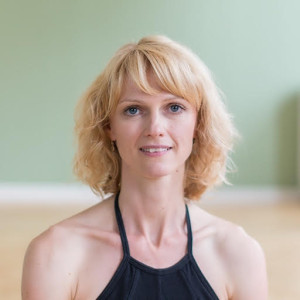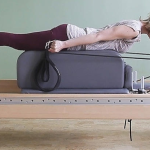Issue #330 – Wednesday March 31, 2021
3 Tips To Make Your Verbal Cueing More Effective Immediately
by Mara Sievers
Now that most of us are teaching virtually, verbal cueing has become the single most important teaching skill for Pilates teachers. Here are three tips you can implement immediately to better communicate with your students over Zoom.
Tip No. 1: Use This Three-Part Sentence Structure: Action verb + body part + direction
In order for your student to easily understand what they should be doing, they need to know three things:
- Which body part should be moving (or stabilizing)?
- What direction said body part should be moving?
- How should they be moving?
To make it as easy as possible for your student to get answers to these questions, it’s most helpful to compose your verbal cues in this three-part structure:
- Action verb
- Body Part
- Direction
Action verbs such as “step”, “bend”, “straighten”, and “lengthen” motivate your student to move. On the other hand, “take” and “bring” are two of the most common, but least effective, verbs Pilates teachers use on a daily basis.
It might sound obvious that we should tell our student which body part to move, but very often we cue things outside of the body, such as “Bring the carriage home” or “Press the pedal down.” These cues can definitely be additional information we give our students so they understand what we want from them, but they shouldn’t be the primary point of attention.
Examples of this three-part structure:
- “Extend your right leg forward. Then pull your right knee into your chest.”
- “Lengthen the crown of your head to the ceiling as you press the pedal down.”
- “Reach your chest forward and up.”
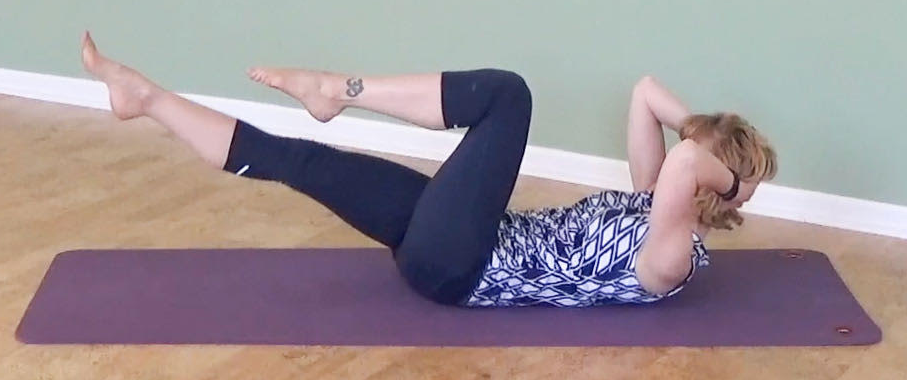
Tip No. 2: Cue Contact Points
The parts of the body touching a piece of apparatus, prop, floor, mat, or wall are called contact points. They give the nervous system feedback about where that particular body part is in space, thereby increasing proprioception and body awareness.
For example, in Footwork on the Reformer with the heels on the footbar, it’s more helpful to cue the heels because your student can feel them as opposed to cueing her toes, arches, or knees because they receive less feedback from the apparatus.
It is more effective to cue “Press your heels against the footbar and straighten your knees” rather than “Slide the carriage back”. Yes, of course, the carriage will slide back in reaction to the movement, but in the contact point cue, the student can make the connection between her body and the resulting movement (the carriage).
Let’s say you want to fine-tune your student’s alignment. By cueing, “Put a bit more pressure on the outside of your heels” to correct pronation or eversion, your student can execute this instruction much more easily because they’ve built kinesthetic awareness of their feet as the first step.
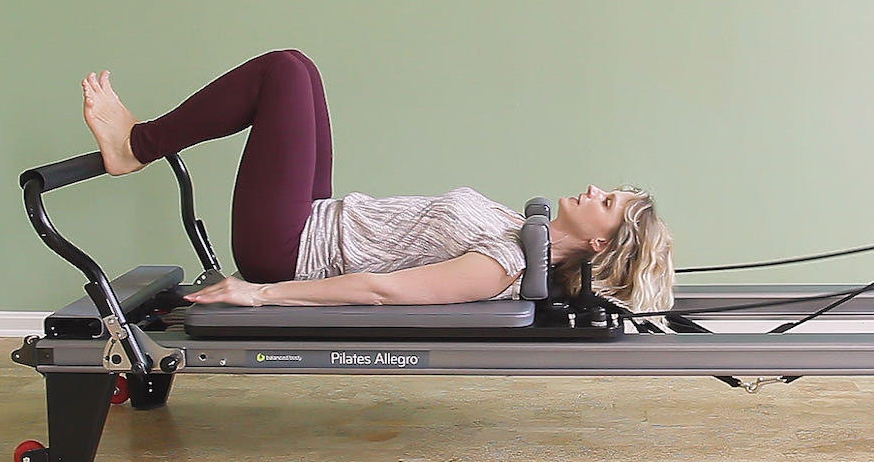
Tip No. 3: Turn Negative Cues Into Positive Ones
When observing our students, our eyes pick up their mistakes. We see what the student is doing wrong. So it’s natural to say that out loud: “You’re lifting your shoulders. Don’t lift your shoulders.”
The problem with negative cues is that it doesn’t tell the student what to do instead. Some of your regular students might already be aware that they have a habit of lifting their shoulders. But the continued cue NOT to do it doesn’t give them instructions on how to correct this pattern.
Rephrase all negative cues (don’ts) as positive cues:
- “Don’t lift your shoulders” becomes “Pull your shoulders down.”
- “Don’t bend your arms” becomes “Keep your arms totally straight.”
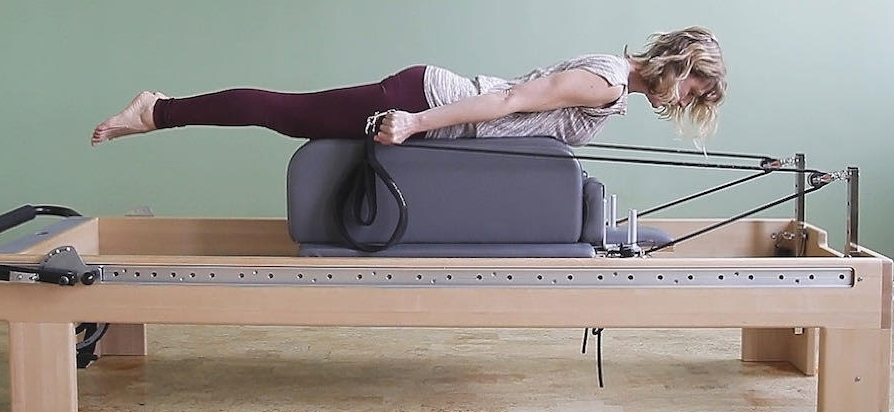
Some of these strategies might sound almost too easy, but they are extremely effective. Try it yourself and you’ll see the effect in your students’ movement.
I teach all of this and more in my 30-day Verbal Cueing Bootcamp. Learn more at cueingcure.com
